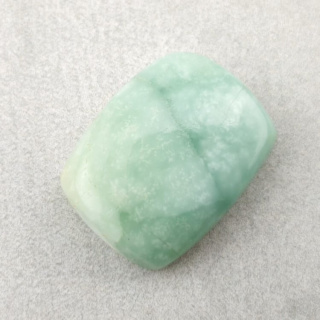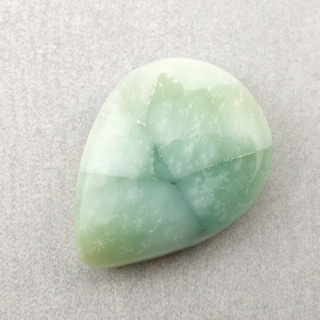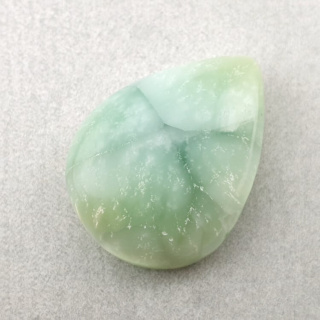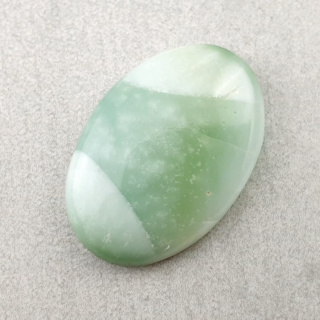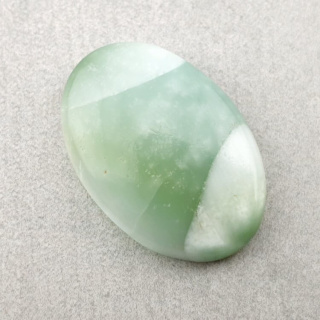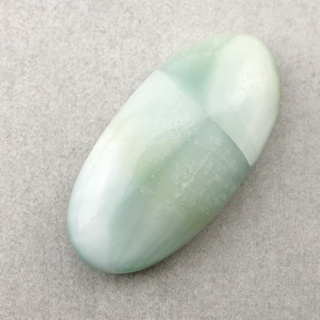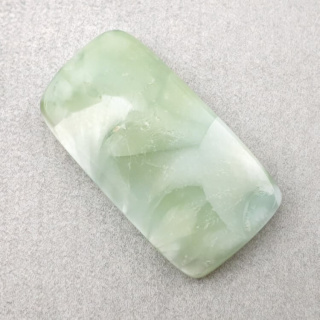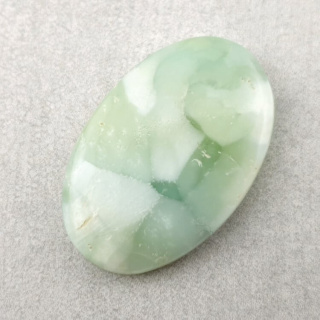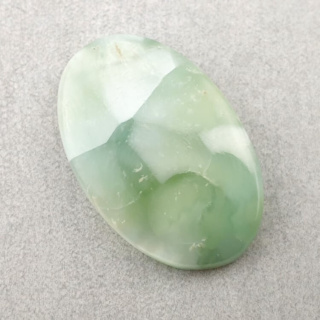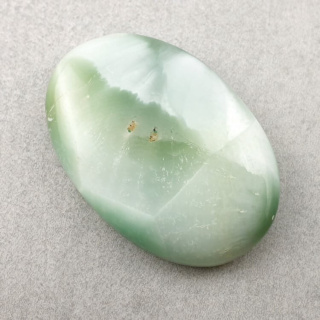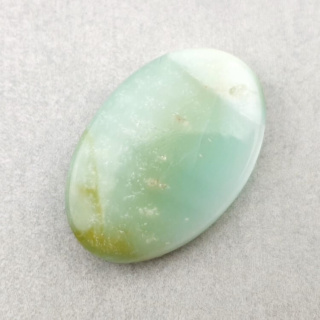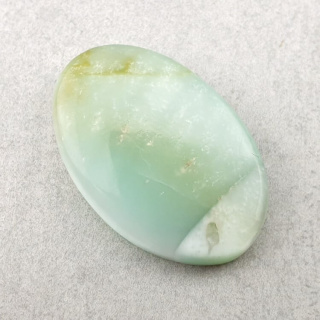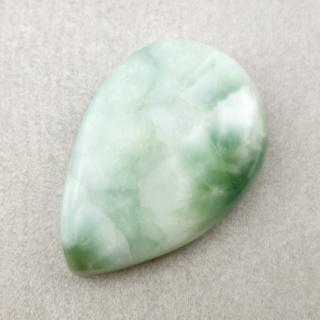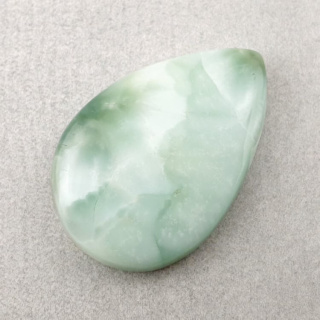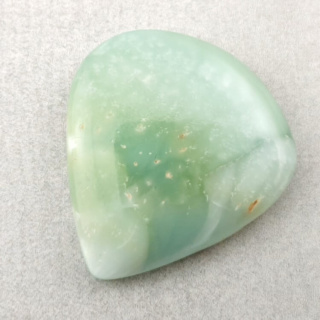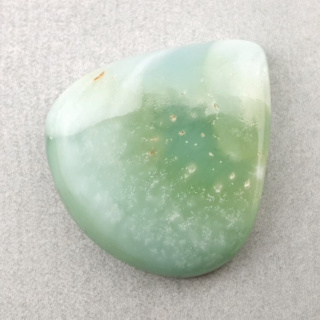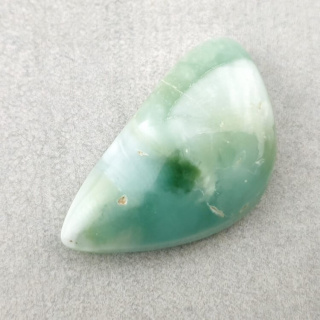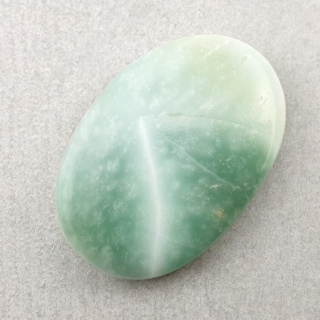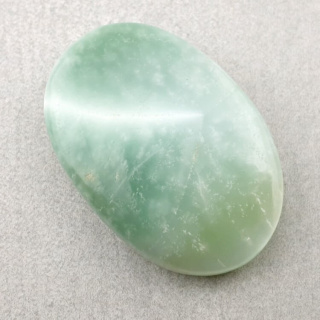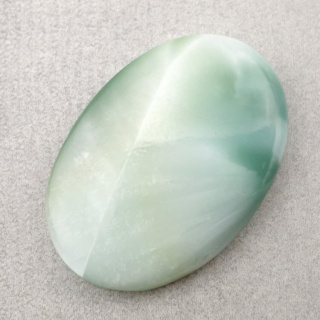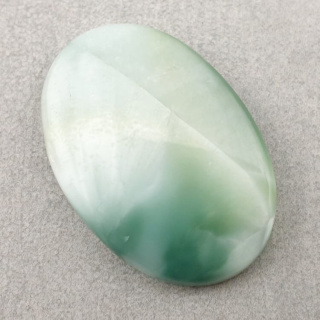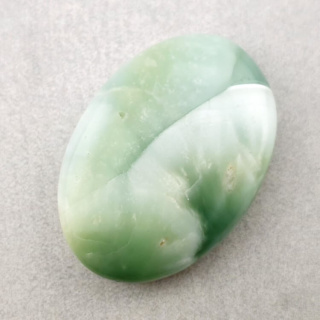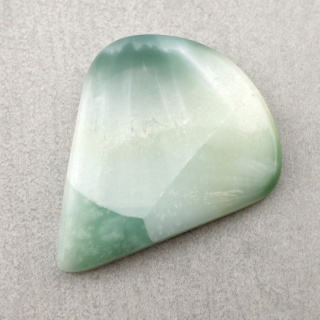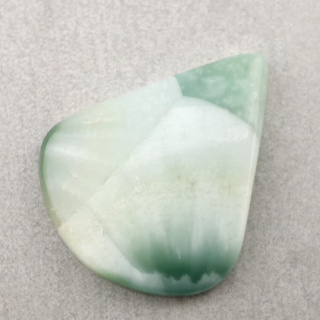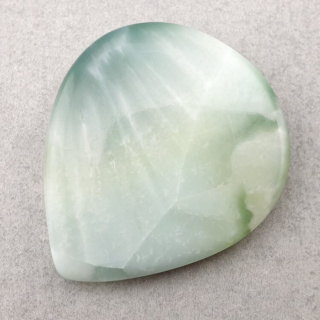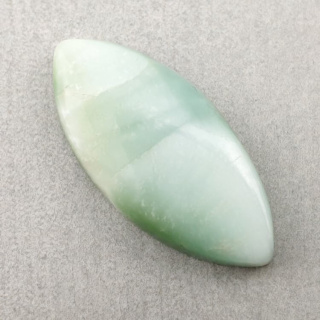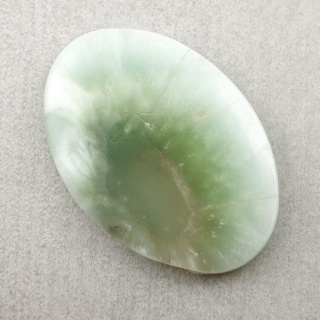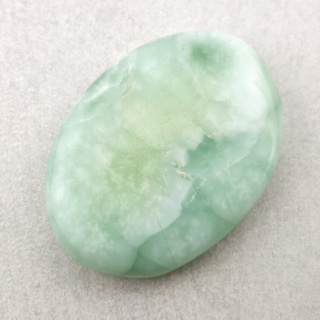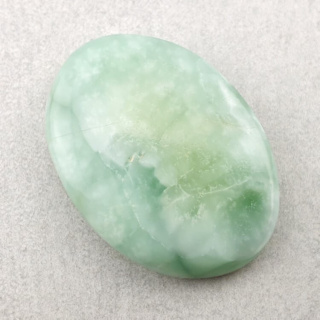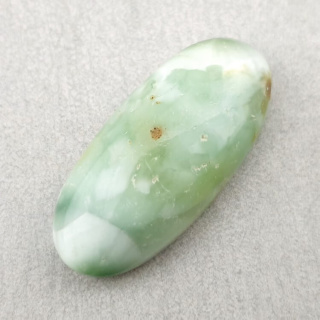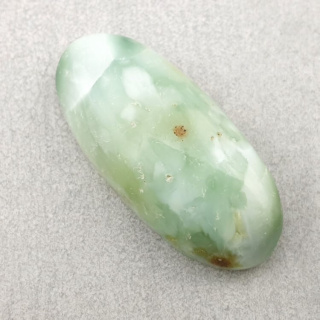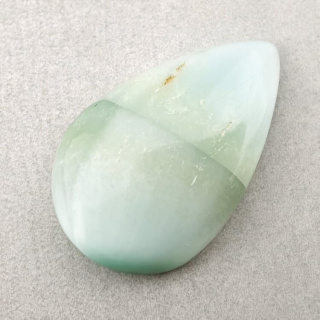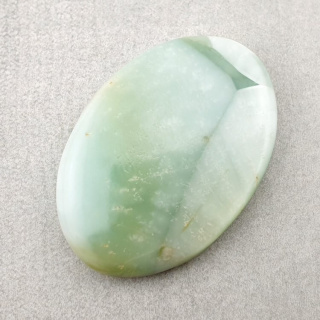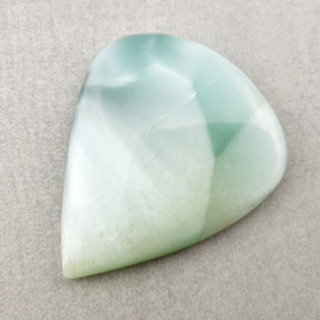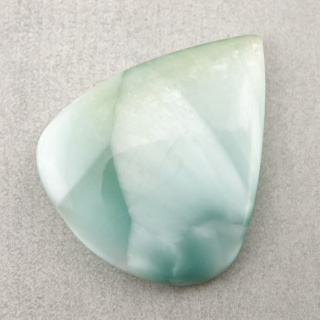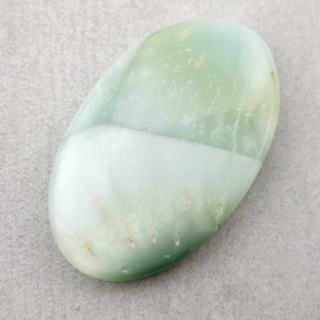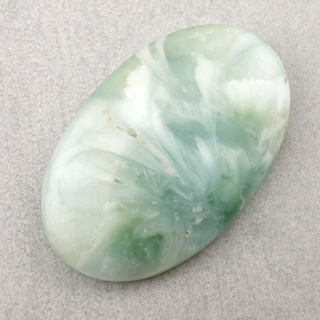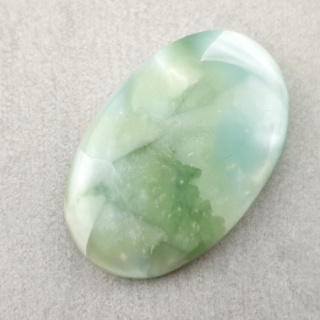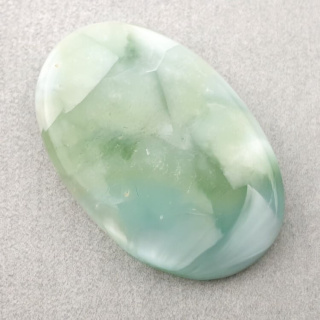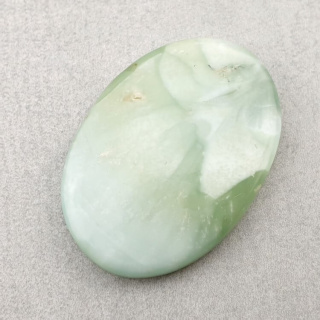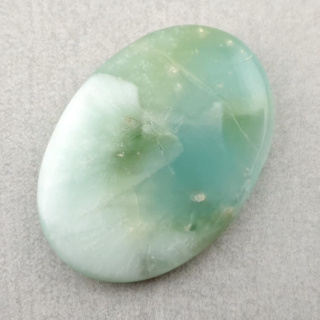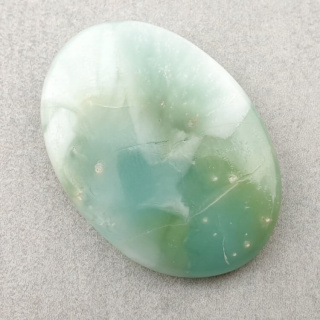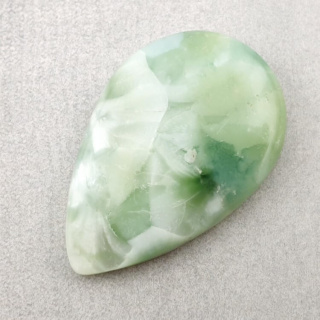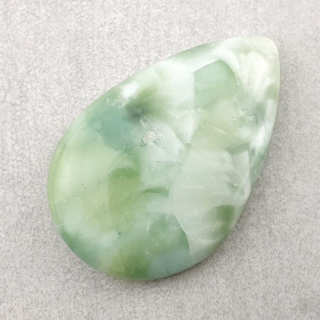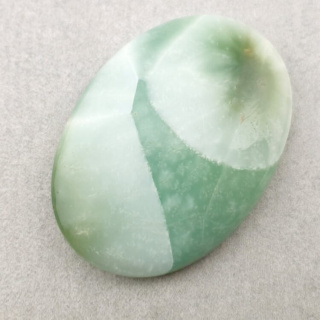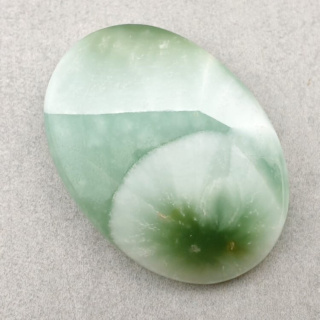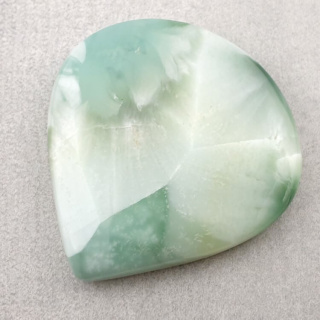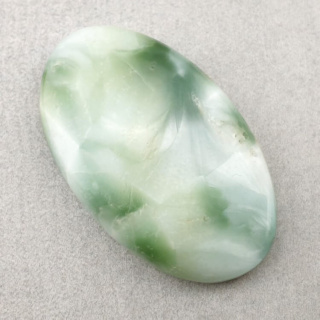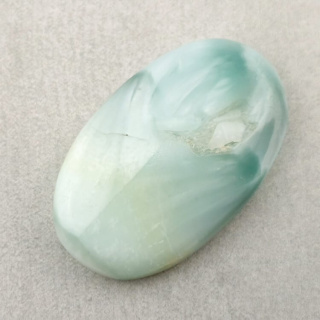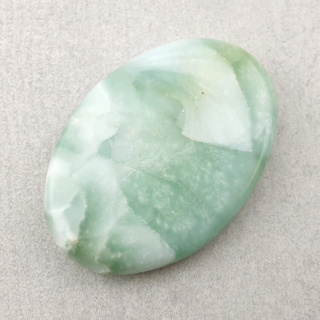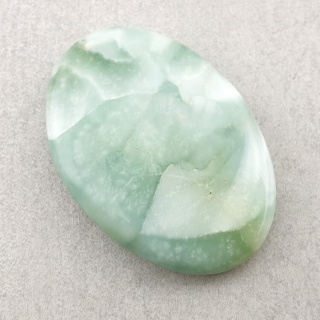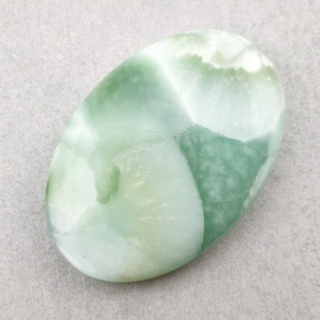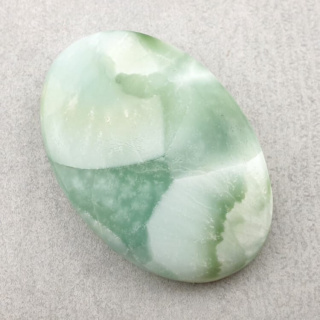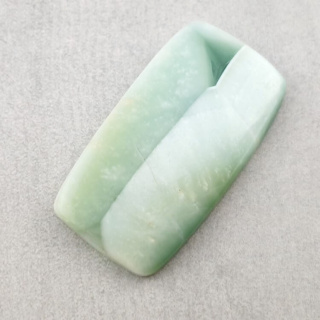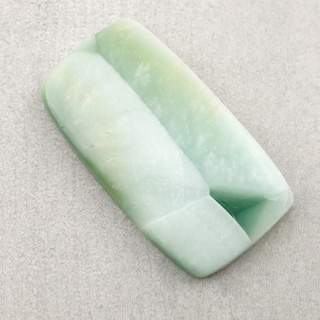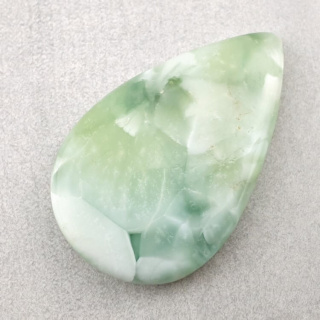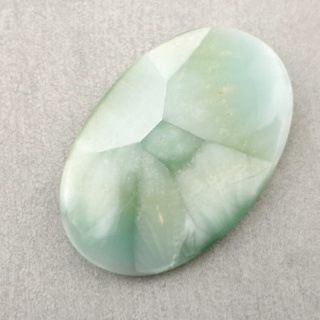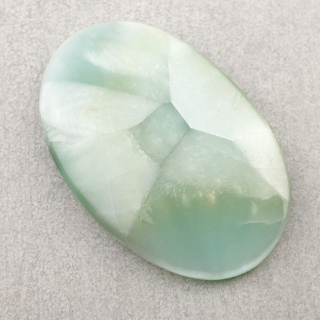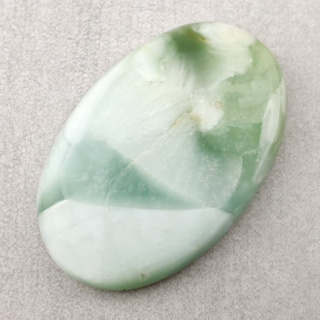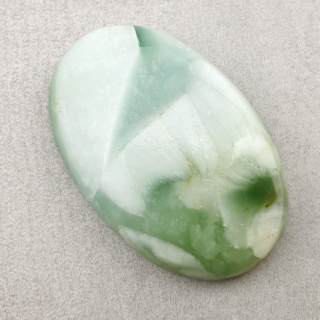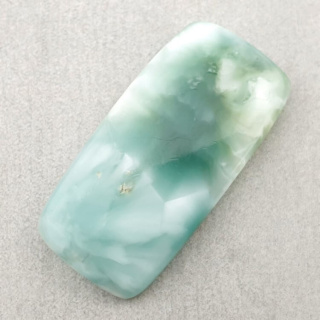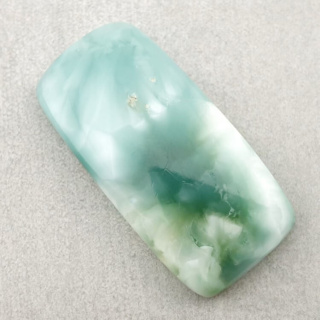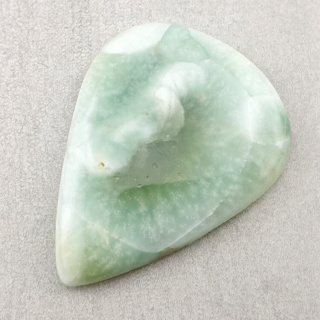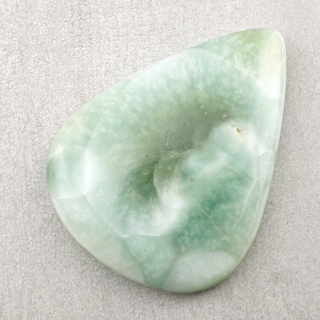Hemimorphite is a unique stone that enhances communication
Number of products : 43What is hemimorphite?
Hemimorphite is a mineral belonging to the silicate group, which occurs mainly in the oxidation zones of zinc ore deposits. It can occur in various colors, including white, blue, green, yellow, and brown, depending on the impurities and admixtures present in its structure.
Physical and chemical properties of hemimorphite:
- Hardness: 4.5–5 on the Mohs scale
- Density: approximately 3.4–3.5 g/cm³
- Fracture: conchoidal
- Adhesion: good, one excellent, one poor
- Luster: vitreous to pearly on fracture surfaces
- Transparency: transparent to translucent
Occurrence of hemimorphite in the world
Hemimorphite is a mineral that can be found in various regions of the world, mainly in the oxidation zones of zinc ore deposits. The most important locations include:
-
United States:
-
Arizona: Known deposits in the Black Hills region, in mines such as 79 Mine and Kelly Mine.
-
New Jersey: Minerals from the Sterling Hill and Franklin mines.
-
-
Mexico:
-
Chihuahua: Well-known deposits in the Mapimi region (Ojuela mine).
-
Durango: This area is known for its large, beautifully colored hemimorphite crystals.
-
-
Namibia:
-
Tsumeb: The famous mine in Tsumeb is one of the most important sources of high-quality hemimorphite in the world.
-
-
China:
-
Hunan: Mines in Hunan province, especially in the Wulandaou area.
-
Yunnan: Deposits in Yunnan province also provide significant amounts of hemimorphite.
-
-
Europe:
-
Greece: Found in the Laurion region, where it was mined in ancient times.
-
Italy: In mines in the Siena region.
-
-
Australia:
-
Broken Hill, New South Wales: A well-known location with large deposits of various minerals, including hemimorphite.
-
What geological conditions lead to the formation of hemimorphite?
Hemimorphite forms under specific geological conditions, which are mainly related to the oxidation of zinc ore deposits. Typical conditions conducive to its formation include:
-
Oxidation zones: It is most commonly found in oxidation zones of zinc ore deposits, where sulfide minerals (such as sphalerite) are chemically altered by oxidation processes. Oxidation usually occurs in the upper parts of deposits, where minerals are exposed to surface and atmospheric water.
-
Climatic conditions: A semi-arid or arid climate is conducive to the formation of hemimorphite, as the limited amount of water allows for the concentration of solutions that are necessary for the formation of the mineral.
-
Chemical composition of parent rocks: The presence of zinc in parent rocks is crucial because hemimorphite is a zinc mineral. It usually forms in places where zinc carbonate (sphalerite) undergoes oxidation processes.
-
Calcareous sedimentary rocks: It often forms in calcareous sedimentary rocks, where zinc can react with carbonates and silica. These chemical reactions are promoted by acidic solutions, which can dissolve minerals and precipitate them again as new minerals, such as hemimorphite.
-
Presence of silica: Silica (SiO₂) is essential for the formation of hemimorphite, as it is a silicate mineral. Silica can come from various sources, including the dissolution of quartz or other silicate minerals in the surrounding rocks.
-
Hydrothermal solutions: It can also form as a result of hydrothermal solutions that are rich in zinc and silica. These solutions can penetrate rocks and cause hemimorphite to crystallize in cracks and rock voids.
Physical properties of hemimorphite
Hemimorphite has several distinctive physical properties that help to identify it and distinguish it from other minerals. Here are some of the most important ones:
-
Mohs hardness: It has a hardness of 4.5–5 on the Mohs scale. This means that it is relatively soft and can be scratched with a steel blade.
-
Mineral density: The density of hemimorphite is approximately 3.4–3.5 g/cm³. This is typical for silicate minerals containing heavy metals such as zinc.
-
Cleavage: It has one perfect cleavage plane and one weak one. This cleavage is distinct in the direction parallel to the crystal axis.
-
Fracture: Hemimorphite has a conchoidal fracture, which means that the fracture surface resembles a shell with smooth, curved edges.
-
Luster: Hemimorphite has a vitreous to pearly luster on fracture surfaces, giving it an attractive appearance, especially in jewelry.
-
Transparency: It can be transparent to translucent, meaning that light can pass through thin samples of this mineral, although it is often slightly cloudy.
-
Color: Natural hemimorphite occurs in a variety of colors, including white, blue, green, yellow, brown, and colorless. The color depends on the impurities and admixtures present in its structure.
-
Crystals: Hemimorphite crystals are usually prismatic and have a distinct hemihedral symmetry, which means that the crystals can have different shapes at opposite ends (hemimorphism).
Additional properties:
-
Taste and smell: It is tasteless and odorless.
-
Chemical reactions: It is insoluble in water but may react with acids, especially hydrochloric acid, with the release of carbon dioxide gas.
Chemical properties of hemimorphite
Hemimorphone silicate has several characteristic chemical properties that aid in its identification and classification. Here are some of the most important chemical properties:
-
Chemical composition: It is a zinc silicate with additional hydroxyl groups and water. Its full chemical formula is Zn4_44Si2_22O7_77(OH)2_22·H2_22O, which means that it contains zinc (Zn), silicon (Si), oxygen (O), hydrogen (H), and water (H2_22O).
-
Silicate group: It belongs to the silicate group, which means that it contains silicate anions (Si2_22O7_77) that are bonded to zinc atoms and other components.
-
Reactions with acids: Reacts with acids, especially hydrochloric acid (HCl), with the release of carbon dioxide gas (CO2_22). This reaction is caused by the presence of hydroxyl groups in its structure.
-
Chemical stability: It is chemically stable under atmospheric conditions, but may undergo chemical changes as a result of exposure to acids or prolonged contact with water.
-
Fluorescence: Some specimens of hemimorphite may exhibit optical properties called fluorescence - they glow under UV radiation. However, this is not a common feature.
-
Hydration and dehydration: It contains water in its structure, which means that it can undergo hydration (water absorption) and dehydration (water loss) depending on environmental conditions.
-
Spectral analysis: Spectral analyses such as infrared (IR) spectroscopy and Raman spectroscopy can be used to identify hemimorphite based on characteristic absorption bands associated with the presence of OH groups and water.
Typical colors of hemimorphite and their causes
-
White or colorless: Pure hemimorphite specimen without impurities.
-
Blue or green: Presence of copper (Cu).
-
Yellow, brown, or red: Iron (Fe) impurities.
-
Pink or purple: Manganese (Mn) impurities.
-
Black or brown: Organic impurities or inclusions of other minerals.
Does hemimorphite have magical properties, and if so, what are they?
Hemimorphite, like many other minerals, is attributed with various magical and healing properties in esoteric and metaphysical contexts. Here are some of the properties that are often attributed to it:
-
Emotional healing: It is considered a stone that helps heal emotional wounds and trauma. It is believed to support the release of negative emotions such as anger, fear, and sadness, promoting inner peace and joy.
-
Self-awareness and self-acceptance: It helps deepen self-understanding, acceptance of one's flaws and strengths, and build self-confidence.
-
Communication and expression: It is often associated with the throat chakra, which means that it can support clear and honest communication. It can help you express the truth and speak clearly and confidently.
-
Spiritual growth: Hemimorphite is believed to aid spiritual growth. It helps with meditation and connecting with higher spiritual realms. It can support intuition and clairvoyance.
-
Raising vibrations: It helps raise energy vibrations, which can lead to a better understanding and perception of spiritual realities.
-
Interpersonal relationships: It is also attributed with properties that support harmonious relationships with other people. It helps build and maintain healthy, honest, and loving relationships.
-
Detoxification and protection: It is sometimes used to detoxify the body and protect against negative energies. It can act as a shield against negative external influences.
How to use hemimorphite in esoteric practice:
-
Wearing as jewelry: Wearing it as a necklace, bracelet, or ring can help you benefit from its energy on a daily basis.
-
Meditation: Holding it during meditation can support spiritual practices and deepen meditative experiences.
-
Placing in your environment: Placing it in your home or workplace can support positive energy and a harmonious environment.
It is important to note that these properties are based on esoteric and metaphysical beliefs and have no scientific basis. Nevertheless, many people derive benefits from working with crystals, whether it is related to their spiritual practices or the aesthetic value of the minerals.
What chakra, zodiac sign, element, and number are associated with hemimorphite?
Hemimorphite is often associated with specific chakras, zodiac signs, elements, and numbers in an esoteric and metaphysical context. Here are the details of these associations:
-
Chakra:
-
Throat Chakra (Vishuddha): Hemimorphite promotes communication, self-expression, and truth. It is particularly associated with the throat chakra. It helps you express your thoughts and feelings clearly and authentically.
-
Third Eye Chakra (Ajna): In some traditions, hemimorphite is also associated with the third eye chakra, which supports intuition, spiritual insight, and mental development.
-
-
Zodiac sign:
-
Libra: Hemimorphite is often associated with people born under the sign of Libra. It helps them harmonize relationships, promote justice, and communicate in a balanced way.
-
Aquarius: Some traditions also attribute hemimorphite to the sign of Aquarius, supporting the originality, humanitarianism, and spiritual development of this sign.
-
-
Element:
-
Water: Hemimorphite is often associated with the element of water. This element symbolizes emotions, intuition, purification, and fluidity. Water is also associated with emotional healing, which harmonizes with the properties of hemimorphite.
-
-
Numerology:
-
Hemimorphite is often associated with the number 2. This number symbolizes balance, harmony, cooperation, and diplomacy, which is consistent with the properties of promoting communication and harmonious relationships attributed to hemimorphite.
-
![[{[item.product.name]}]]([{[item.product.photo.url]}] 75w)

